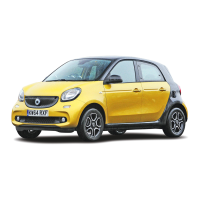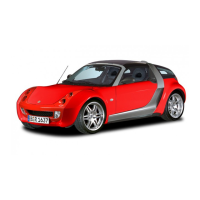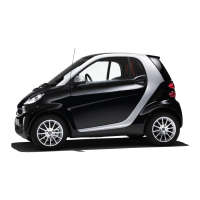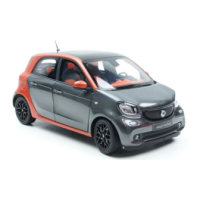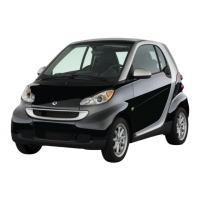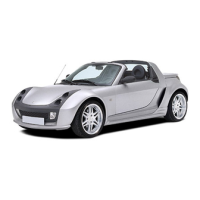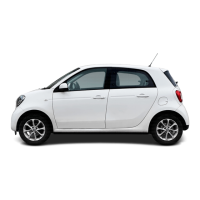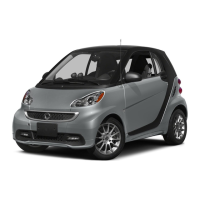Observe the following when stopping or
parking
WARNING Risk of accident and injury
due to children left unattended in
the vehicle
If children are left unattended in the
vehicle, they could in particular:
● Open doors, thereby endangering
other persons or road users.
● Get out and be struck by oncoming
traffic.
● Operate vehicle equipment and be-
come trapped.
In addition, children could also set the
vehicle in motion, by in particular:
● Releasing the parking brake
● Shifting the gear
● Starting the vehicle
► Never leave children unattended in
the vehicle.
► When leaving the vehicle, always
take the key with you and lock the
vehicle.
► Keep the key out of the reach of
children.
WARNING Risk of fatal injury due to
exposure to extreme heat or cold in
the vehicle
If people, particularly children, are ex-
posed to extreme temperatures over an
extended period of time, there is a risk
of serious or even fatal injury!
► Never leave anyone, particularly
children, unattended in the vehicle.
► Never leave animals in the vehicle
unattended.
Suitability of the seats for attaching
child restraint systems
When using a child restraint system on the
front passenger seat, observe the
following:
● The passenger airbag must be deacti-
vated when using a rearward-facing
child restraint system. Once the rear-
ward-facing child restraint system is
removed, activate the passenger airbag
immediately.
● If possible, adjust the front passenger
seat backrest vertically to ensure se-
cure contact between the backrest and
the child restraint system.
● Try adjusting the seat position and re-
moving the head restraint when the
backrest of the child restraint system
does not fit the shape of the seat or in-
terferes with the seat head restraint
during child restraint system installa-
tion on the front passenger seat.
● Adjust the height of the front passenger
seat as much as possible to ensure cor-
rect installation of the child restraint
system.
● Adjust the height of the front passenger
seat belt to make sure the seat belt
does not kink or bent over the edge of
the guide device as it passes through
the guide device.
Occupants safety 39

